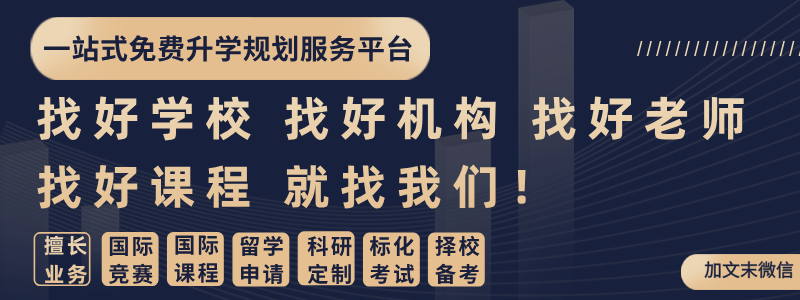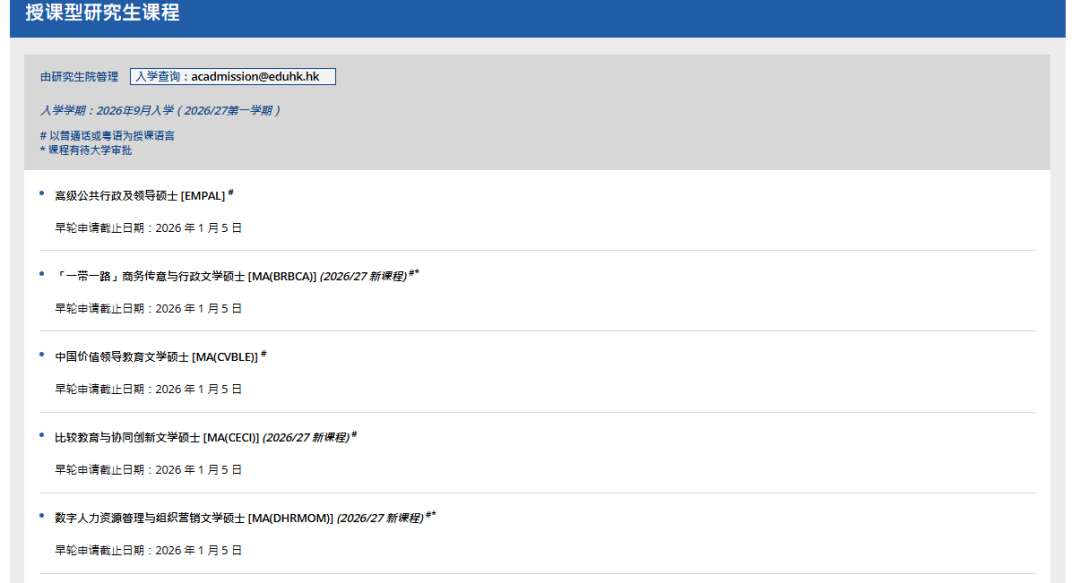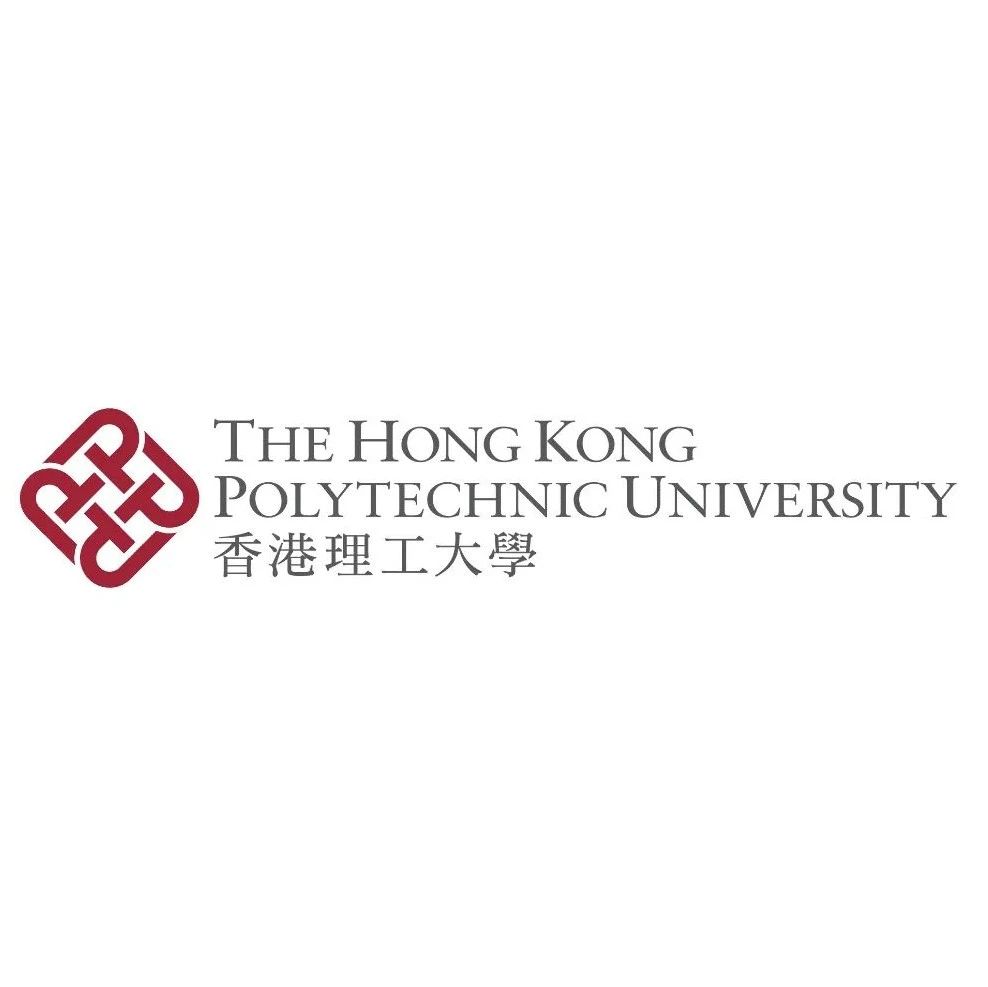初中组金奖文章
作者:Chloe Weng (8th grade at Fort Settlement Middle School (Sugar Land, TX))
Made from a button and a piece of hide, traditional button whirligigs are children’s toys with a simple purpose: by pulling on the threaded string, the button spins in response. Despite its modest design, the whirligig spins at a rate of over 10,000 revolutions per minute (rpm). By expanding upon a similar concept as the whirligig, innovative bioengineers have tackled blood-borne diseases to help improve global wellness. Based on technologies that rotate rapidly, engineers have effectively enabled the diagnosis and prevention of pressing health conditions affordably in developing countries.
Among the pioneers of centrifuge-based diagnostic devices is Professor Rebecca Richards-Kortum and her team of women engineers at Rice University. Their goal was to detect anemia, a major health problem in developing countries affecting about two billion people globally. Anemia can at first be mistaken as merely fatigue and headaches, but the condition can worsen into arrhythmia and other heart problems if it remains undetected. Inspired by a simple salad spinner, the all-female team creatively upcycled materials such as yogurt containers and plastic lids to develop a durable, hand-powered device that separates blood cells from plasma using a centrifuge design. When the team tested their engineering design, they found that it successfully detected anemia in thirty blood samples in only ten minutes. Although rooting out diseases was possible before, original centrifuges such as the StatSpin were slow, powered by electricity, and cost several thousand dollars, making them inaccessible to low-resource communities. The team’s achievement proved that centrifugal force and frugal science philosophy could be combined to diagnose diseases sustainably. Due to the fact that the female engineers developed the Sally Centrifuge in a low-resource setting, it shows promise and is a clever way to reuse materials that are already being manufactured without using electrical power.
Along the same vein of developments in bioengineering, Stanford professor Manu Prakash has established a human-powered centrifuge made out of paper, called the Paperfuge, to diagnose life-threatening blood-borne diseases such as malaria and HIV. At an astonishing rate of 125,000 rpm, Prakash’s Paperfuge effectively separates the heavier blood cells from the plasma in 90 seconds, leaving any potential diseases suspended in the middle. Compared to the Sally Centrifuge, designed by Kortum’s team five years earlier, the Paperfuge tests blood samples over twenty times faster. Additionally, the hand-powered Paperfuge is economical and compact; it costs only twenty cents and features a lightweight, two-gram design. As a result, its lightweight build makes it easy to transport.
Prakash took a prototype of the Paperfuge to Madagascar in 2016, where he worked with local doctors and health care workers. The health care workers examined fifty blood samples using a fluorescent stain under a microscope to confirm the diagnoses. Prakash also works with Pivot, a nonprofit organization that collaborates with the government to build community health infrastructure. Furthermore, by incorporating relatively abundant materials such as synthetic paper and twine, the Paperfuge can be duplicated in a short amount of time with limited harm to the environment since no electrical power is required. As the engineers continue to collaborate with health care workers, as well as nonprofit organizations and local governments in needy communities like Madagascar, they work towards distributing the Paperfuge for future generations in developing countries.
Inexpensive and portable devices like the Paperfuge are powerful engineered tools for clinicians to diagnose and eliminate diseases in rural communities. HIV, malaria, anemia, and other blood-borne conditions that the devices diagnose are treatable, but can become life-threatening if diagnosed too late. Starting with the promise of the Sally Centrifuge and leading to the ongoing distribution of the Paperfuge, the efforts of engineers to develop accessible technologies to detect these conditions early are crucial to develop modern global health technology and promote the wellbeing of all people around the world.
文章亮点:切入点独特、实例翔实,关注到了研究团队背景的多样性。












